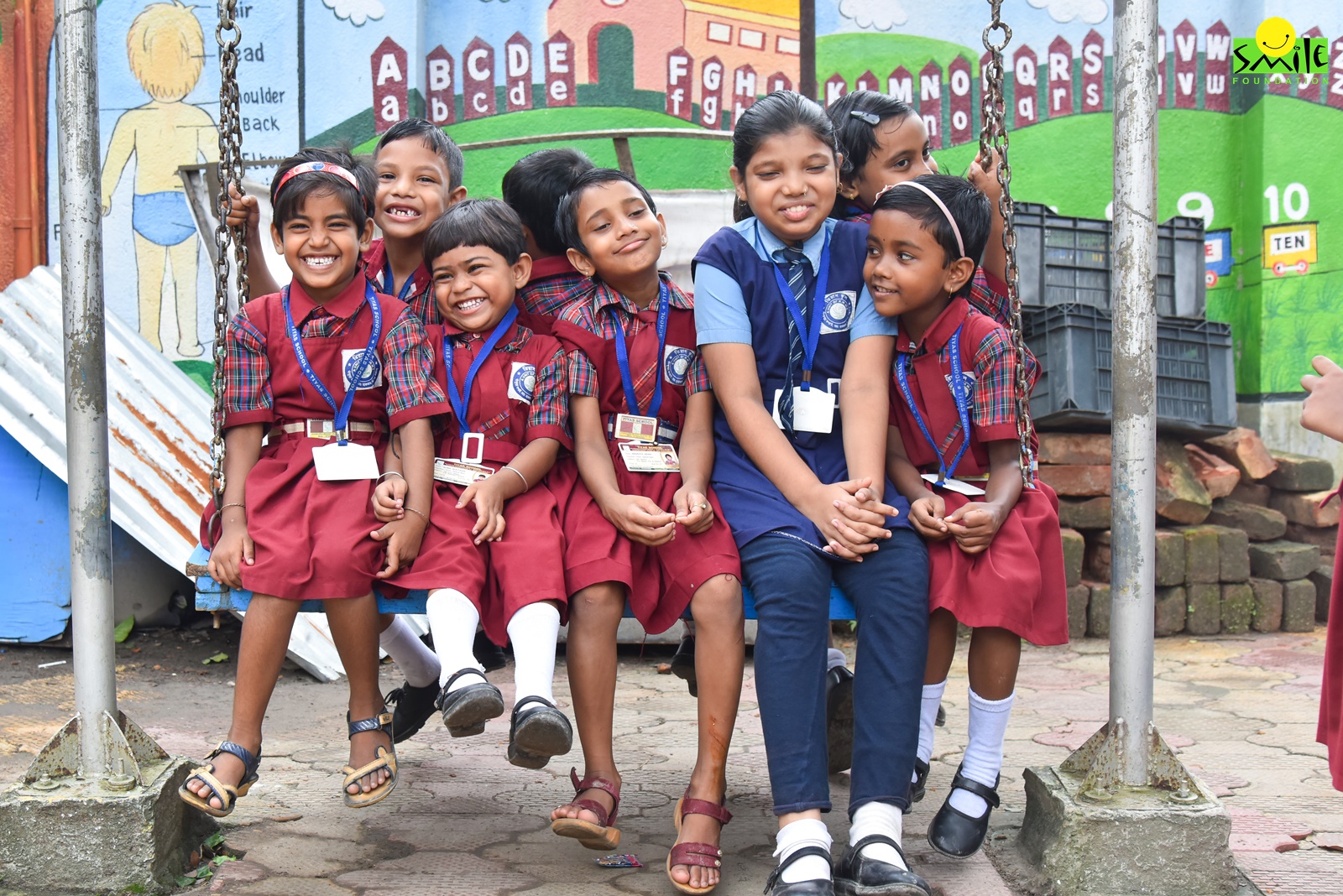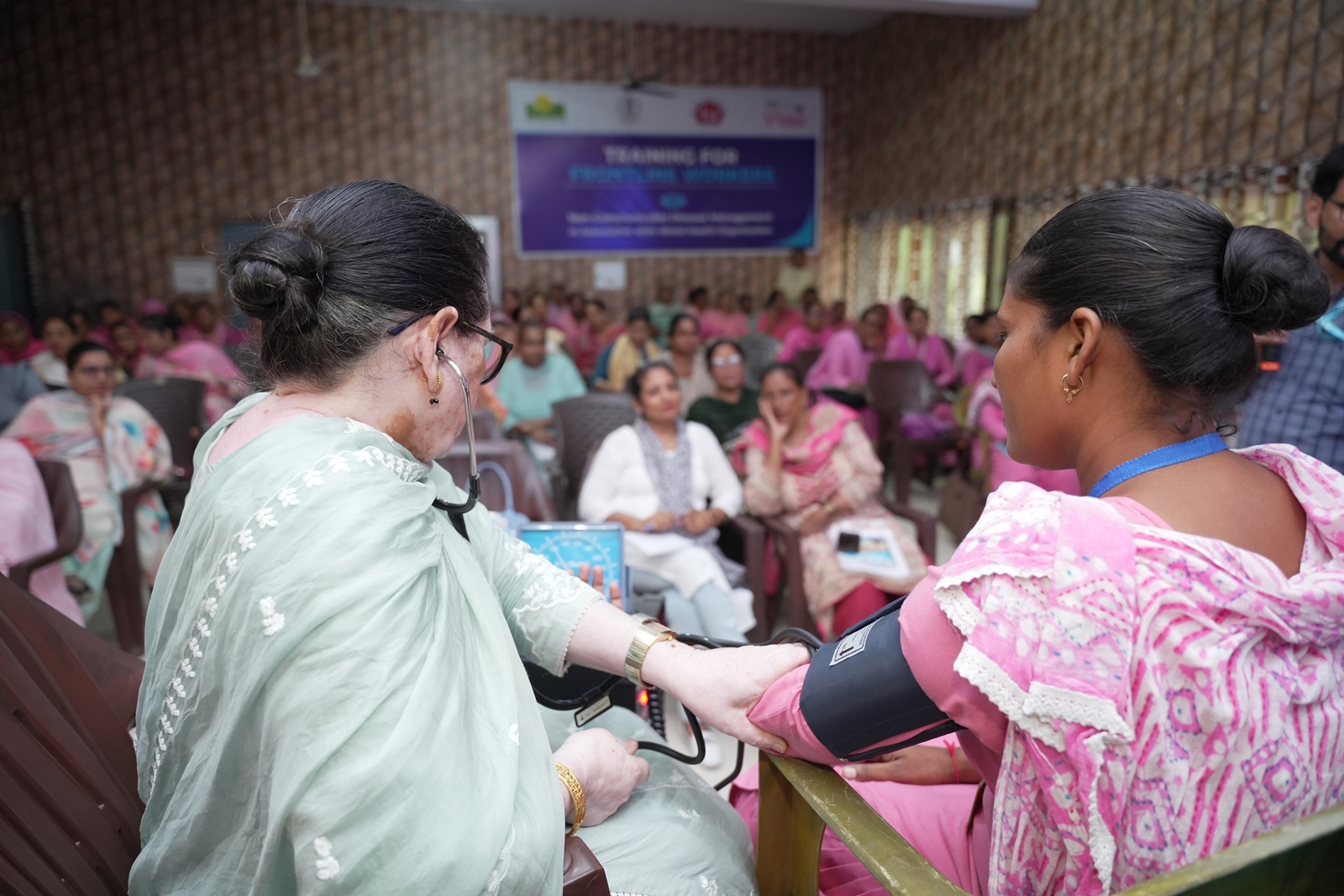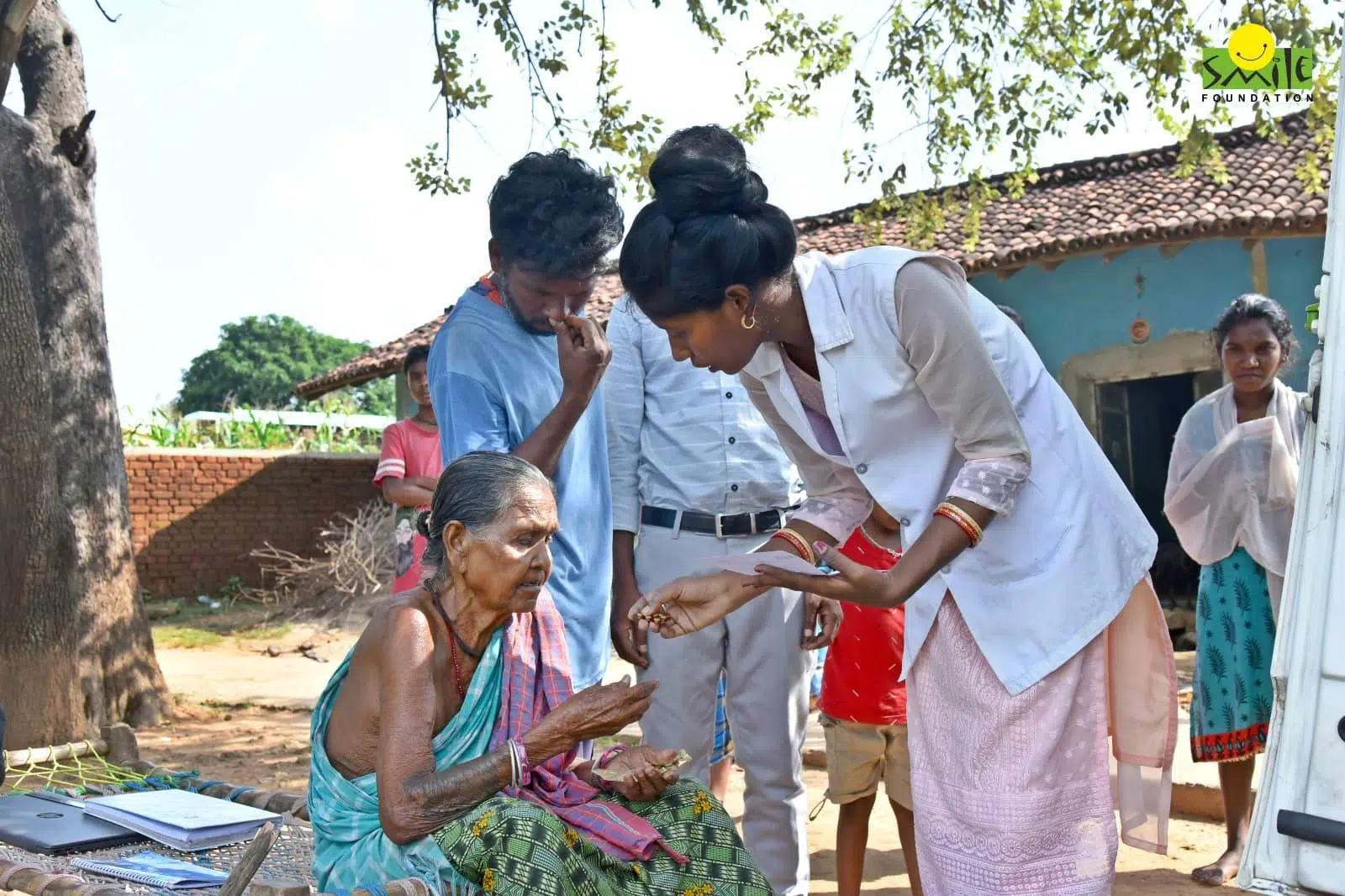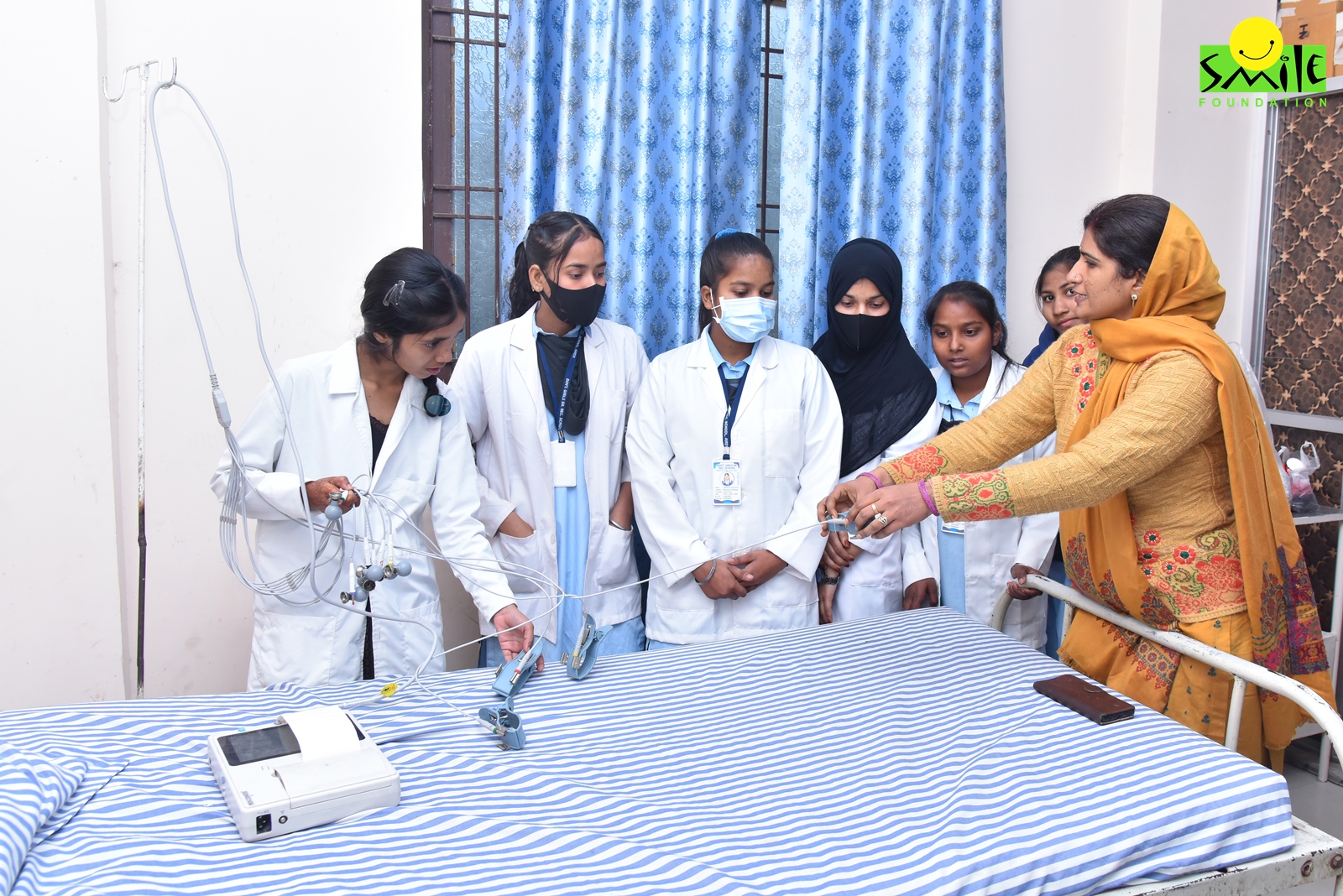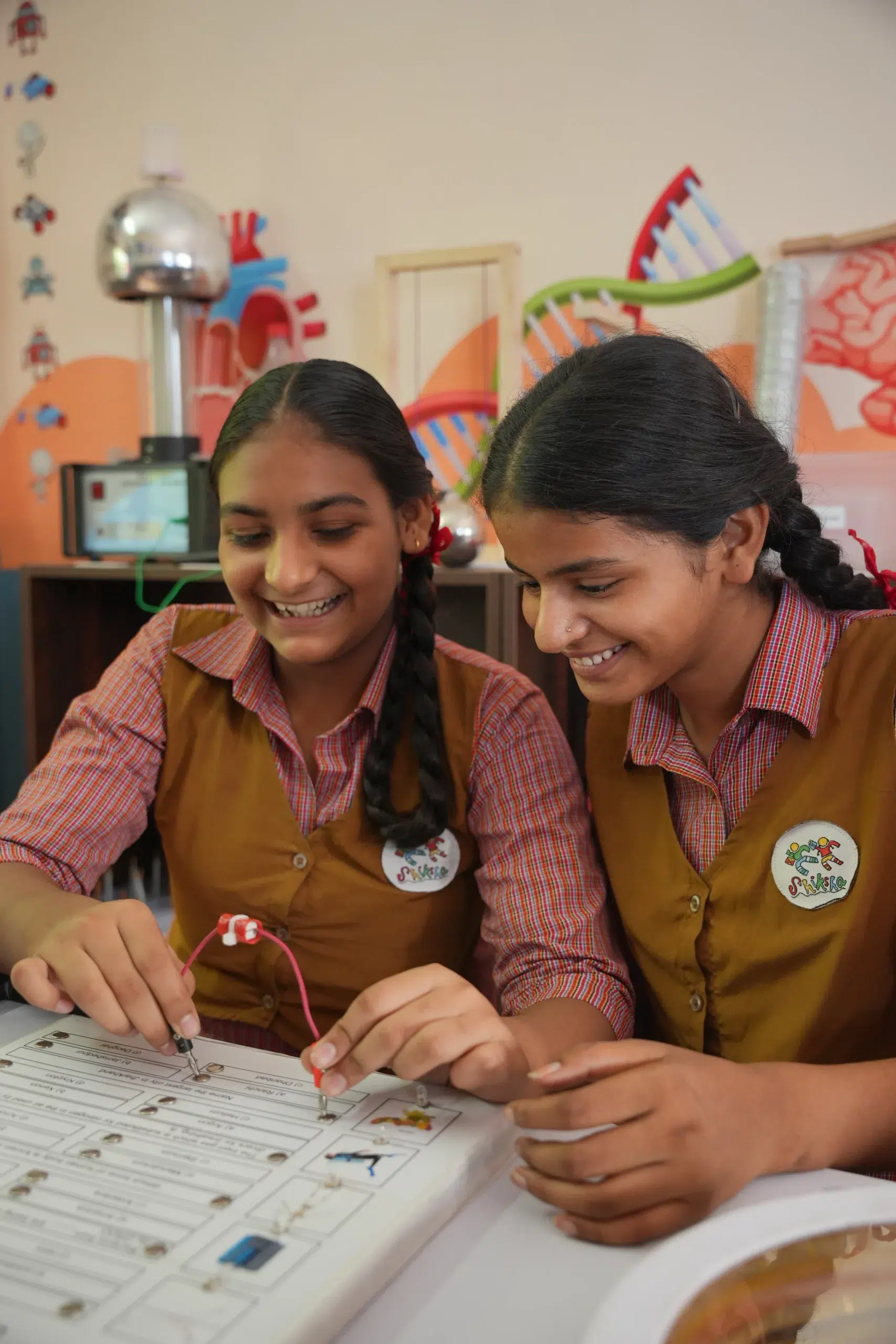Society’s overall health can be predicted through various ways – one of them being the happiness and wellbeing of its young people. This is because the happiness of the young does not only reflect the current living conditions but also decides the path in which the youth will move, invariably impacting the future trajectory of a nation. As per the World Economic Forum, it is crucial to understand what makes young people happy and to address the factors that may be working against it.
Over the last few years, we have seen the world go through some of the toughest times we have seen in decades. First, the covid pandemic pushed the entire world into a lockdown, which was followed by economic downturn and violent conflicts in different parts of the world. Add to that the social inequalities and the exposure to a lot of negative content through social media, and it can have a serious impact on the mental wellbeing of the young.
So, what is the state of youth happiness in India and around the world? What are the factors that influence it? What potential solutions are there to improve the well-being of young people?
Global trends in youth happiness
Globally, the trends in youth happiness are mixed. According to the World Happiness Report, young people’s happiness varies significantly across different regions and countries. One of the significant differences is that young people in high-income countries tend to be happier than those in low-income countries. However, the trend shows that there has been a decline in happiness of young people in high-income countries as well. This could be attributed to a high stress environment, societal pressures, and mental health issues.
One of the key factors that is leading to this change is the new set of challenges that the young are facing today. These include economic uncertainty, inflation, unstable job market, and much more. Another factor that cannot be ignored is the rise of social media and easy access to information. This has influenced how young people perceive themselves, often leading to body image issues, low self-esteem, and harmful comparison.
Youth happiness in India
Now that we have looked at the global trends, let’s understand what is happening in India. First of all, the trend in India is not so different from the rest of the world because the challenges faced by Indian youth are almost the same. India is also the country with the world’s largest youth population, with more than 600 million people below the age of 25. Therefore, it becomes even more important for India to ensure the wellbeing of this population as they will be the people who decide the future of the country. There are many challenges that Indian youth are facing today. Here are some of these:
- Education and employment – There are many news reports which show that a large section of Indian youth is struggling to find jobs leading to thousands of students applying for low-paying clerical jobs in government departments. At the same time, irregularities in examinations and unequal access to good quality education exacerbates all these problems. At the same time, the job market in India is highly competitive which often leaves out those who come from lesser privileged regions or backgrounds.
- Mental health – This is an issue which is still not given as much importance in India because of the many other challenges that the country faces. However, with rising inflation, low-paying jobs, tough competition, changing weather conditions, social media polarization, and everything else, the mental health of Indian youth must be taking a big impact. According to a report by Lancet, India has the highest rates of youth suicides in the world. We have seen that before among those preparing for high competition examinations like IIT entrance. Therefore, India needs to focus on the mental wellbeing of its youth.
- Social inequalities – Another factor that makes the experience of Indian youth difficult is social inequities, gender disparities, caste discrimination, and much more. These factors create barriers to opportunities and contribute to feelings of marginalization and exclusion.
While many of the challenges faced by Indian youth are similar to those experienced by young people globally, there are unique cultural and societal factors that influence youth happiness in India. For example, the strong emphasis on academic achievement and societal expectations regarding career and family can create additional pressures for Indian youth. Furthermore, the prevalence of traditional gender roles and discrimination based on caste and religion adds layers of complexity to the issue of youth happiness in India.
Impact of social media
For Indian youth, digital inclusivity is extremely important to ensure they have access to resources and information which they might otherwise be deprived of. However, social media also has a negative side which is not unknown. On one hand, social media provides opportunities for connection, self-expression, and access to information. On the other hand, it can also contribute to negative outcomes such as cyberbullying, social comparison, and addiction.
For example, today many Indian youth have access to educational content through YouTube and many education technology platforms. This has certainly helped in bridging a gap. However, studies have also found increased use of social media with higher feelings of social isolation. There are many other challenges like fake news, polarization, outrageous content, digital frauds, etc, which can negatively influence the social media experience of the youth.
Responsibility towards our youth
From economic challenges to social inequalities, and from social media to education, everything has an impact on the happiness and wellbeing of the youth. There are major global trends which are impacting the youth worldwide. However, Indian youth face its own unique challenges too. While young people face a unique set of challenges, including economic pressures, social inequalities, and the impact of social media, there are strategies and solutions that can help improve their happiness and well-being.
India, as a country, has a responsibility towards its youth to ensure their mental wellbeing and this can be achieved through policy intervention, building infrastructure, providing opportunities, reducing inequalities, etc. At the same time, personal changes at households and positive engagement with social media can also have an impact that is much needed. Creating healthy communities, support systems, and allowing the youth to figure out their path in this difficult time is also crucial.
As we reflect on the state of youth happiness, it is essential to ask ourselves: What can we do to support the happiness and well-being of young people in our communities? How can we create a world where young people can thrive and achieve their full potential?
Smile Foundation and our young
Smile Foundation is dedicated to enhancing the well-being of underserved children, youth, and women across India through various initiatives. Recognizing the critical importance of mental health, especially in the post-COVID-19 era, the foundation has integrated mental health support into its programs.
Mental Health Initiatives
- Mission Education: Through this initiative, Smile Foundation conducts regular sessions on emotional well-being for children across its learning centers. These sessions provide coping tools, encourage open discussions about feelings, and create a supportive environment, ensuring mental health is an integral part of holistic child development.
- Empowering Educators: Understanding that teachers play a pivotal role in children’s lives, Smile Foundation is empowering them to become compassionate first responders to mental health challenges. By training educators to recognize and address mental health issues, the foundation ensures that children receive timely and appropriate support.




